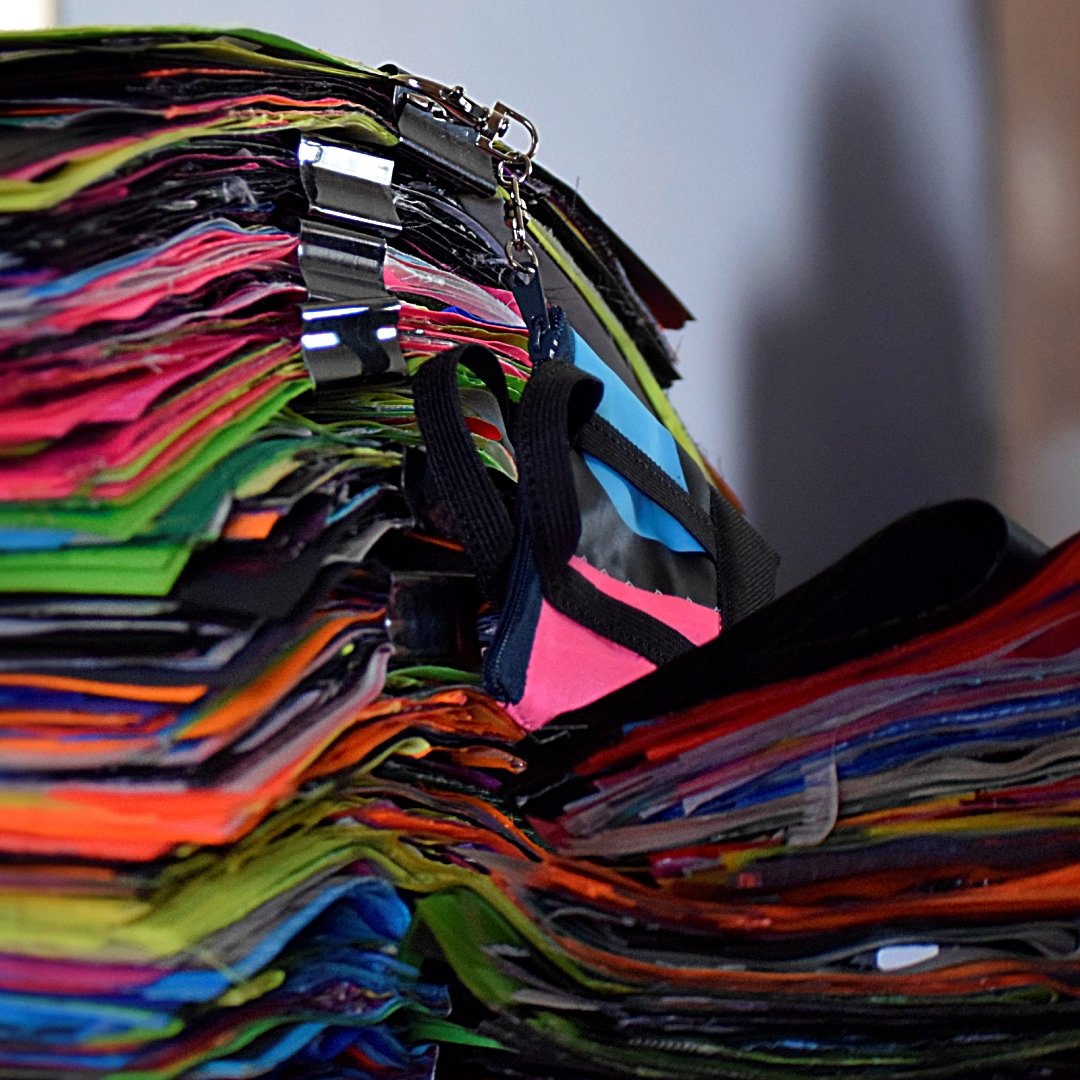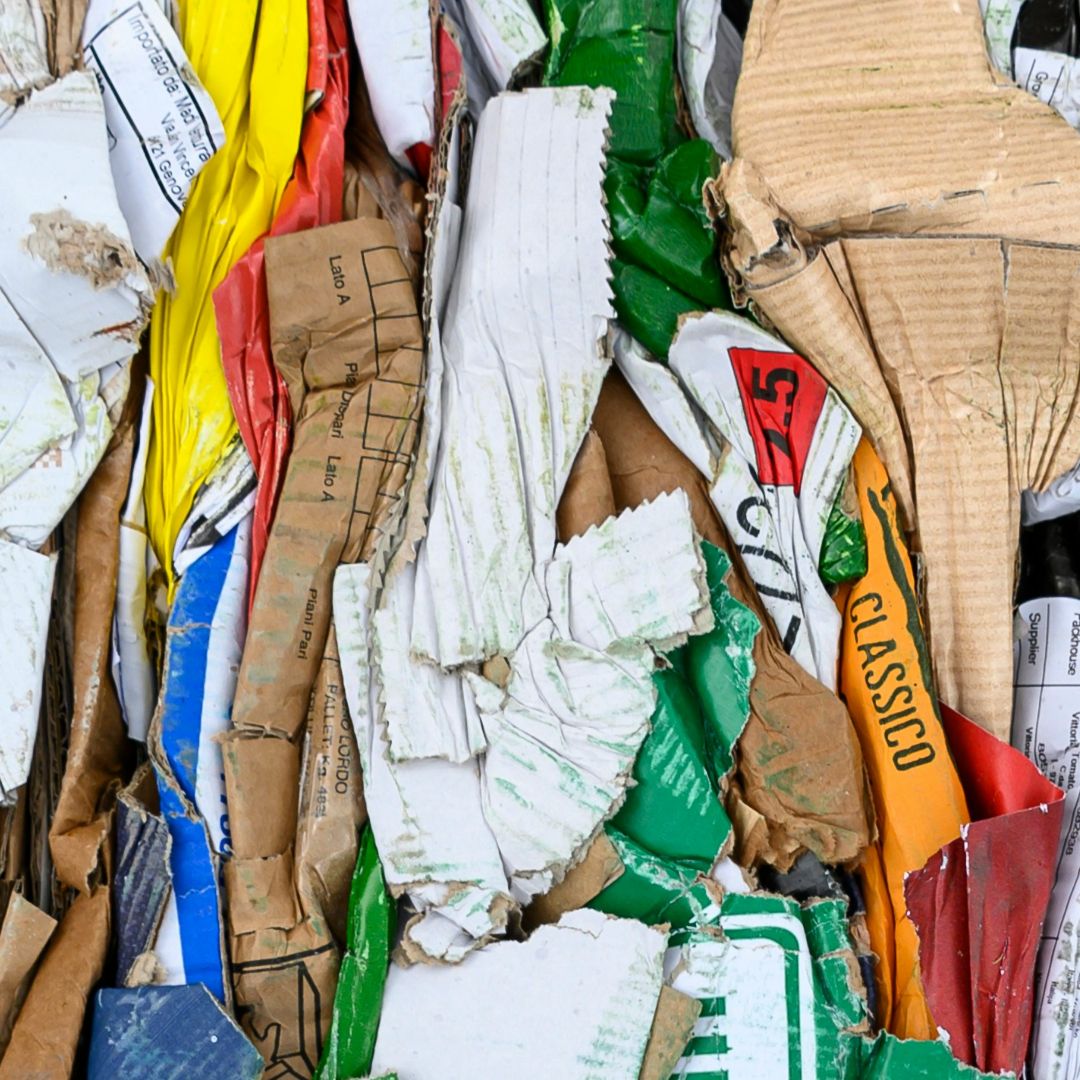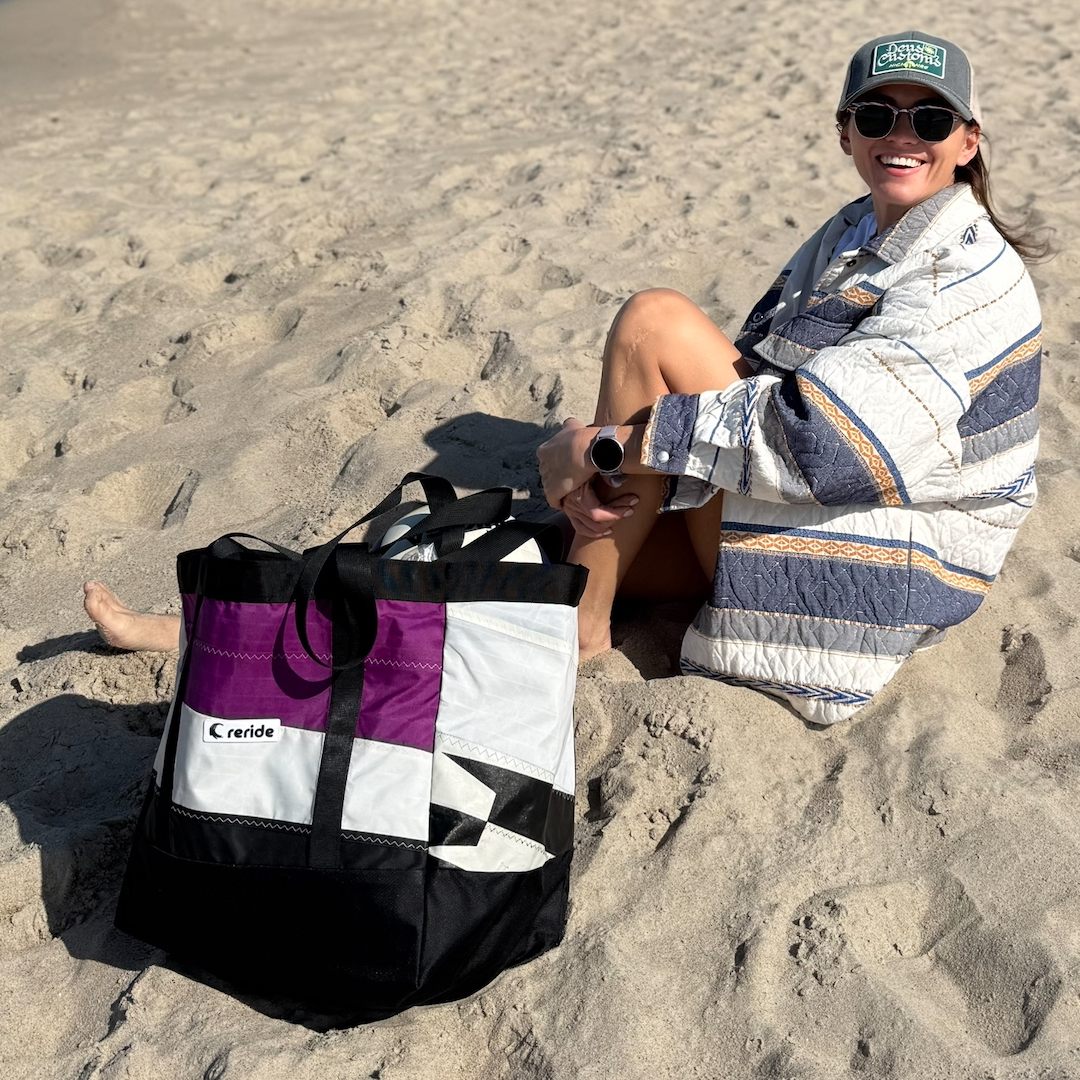How Recycled Bags Are Made – Step‑by‑Step Process from Sail to Bag
Introduction
Is a recycled bag just a marketing gimmick? Not at Reride.
Every bag we make is crafted from material that already had a life—whether it was a kite sail, an advertising banner, or a transport tarp. Now it’s given a second chance and transformed into a functional product with character.
In this article, we walk you through each step of creating our recycled bags, and explain why our process stands apart from traditional textile manufacturing.
Where Our Materials Come From
We use only locally sourced recycled materials:
– Used kitesurfing sails made of durable nylon or dacron
– Large advertising banners and PVC tarpaulins
– Cotton offcuts and deadstock fabric
Each material brings a unique texture and story to your bag. Crucially, 100 percent of our raw materials come from Poland, helping reduce carbon emissions from transportation.
How We Make Recycled Bags – Step by Step
Step 1 – Material Sourcing and Selection
We collect discarded sailcloth, banners, and cotton. Every roll is assessed on thickness, condition, color, and design potential. We gather our stock directly from surfers, event organizers, and printing firms.
Step 2 – Cleaning and Preparation
Each piece is gently cleaned—nylon sails are washed with eco detergent, banner materials are cleaned with natural agents, then all fabrics are steam‑pressed to ensure freshness.
Step 3 – Cutting and Design Planning
We choose the most visually interesting sections of each fabric, avoiding repetition. We prioritize bold prints, vibrant hues, and natural wear marks that give each bag soul. Each pattern is individually designed, like a limited edition.
Step 4 – Sewing the Bag
Cut panels are sent to local sewing workshops in Tricity and Warsaw. We use industrial-grade thread, reinforce handles, and often add interior lining (for example, banner paired with cotton). Every bag is hand-stitched with care.
Step 5 – Quality Control
Each item undergoes a strict check—we test handle strength up to 10 kg, review seam durability, and inspect the finish. Only top-quality pieces are sold, each tagged with a unique product code.
Upcycling vs. Recycling – What’s the Difference
Recycling breaks materials down to their raw form—for example, melting plastic.
Upcycling, on the other hand, gives existing materials new purpose in their current form, preserving their character.
At Reride, our upcycling process saves energy, retains the original story of each material, and avoids wasteful, high-energy methods.
Why This Process Matters
Choosing an upcycled bag means you are:
– Knowing exactly where your materials came from
– Supporting local craftsmanship and small businesses
– Reducing landfill waste and carbon emissions
– Choosing a product with authenticity and a visible history
– Contributing to a circular economy
– Investing in a durable, weather-resistant bag built to last
What the Data Shows
According to Textile Exchange, producing one upcycled fabric bag saves on average:
– 87 percent less energy
– 60 percent fewer carbon emissions
– 1 500 liters of water compared to a new cotton bag
Source: TextileExchange.org, 2024 “Preferred Fiber & Materials Market Report”
Frequently Asked Questions
Are the bags waterproof
Yes. Most Reride bags are made from water-resistant materials like nylon sailcloth, protecting contents in light rain or splashes.
Can I machine-wash a recycled bag
No. We recommend spot-cleaning gently with a damp cloth and mild detergent to protect the materials.
How long will the bags last
Our bags have been tested to last 8 plus years under regular use, maintaining full strength and function.
Do you offer a warranty
Yes. We stand behind our products with a lifetime repair or replacement guarantee—because sustainability includes durability.
Where are the materials sourced
All of our recycled materials come from Poland, primarily used kite sails and advertising banners. This minimizes transport emissions and gives these materials a new, useful life.
Explore Our Recycled Bags
Each bag is more than an accessory—it’s a story.
Explore our full collection: https://reridestore.com/collections






